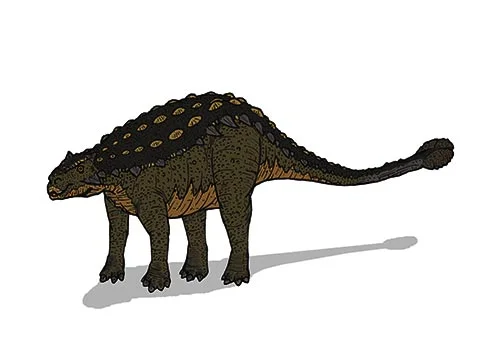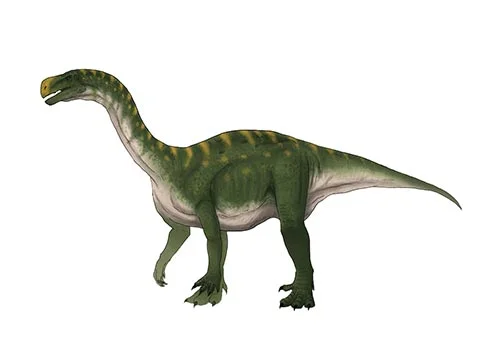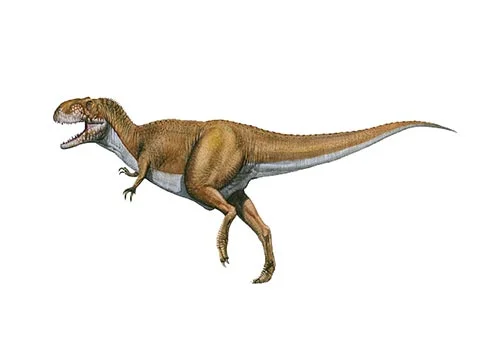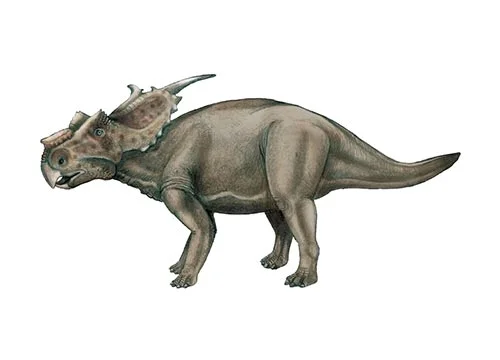Tarchia (Brainy one)

Tar-chee-ah
Teresa Maryańska - 1977
Herbivore
Estimated 4-5 meters long
Armoured Dinosaur
T. gigantea (type), T. teresae
Mongolia, Nemegt Basin - Barun Goyot Formation
Late Cretaceous, 70-66 million years ago
Tarchia Facts
Tarchia is a genus of ankylosaurid dinosaur that lived during the Late Cretaceous period, around 70-66 million years ago. Its fossils have been found in what is now modern-day Mongolia.
Tarchia was a large, heavily-armored dinosaur, measuring around 13-16 feet (4-5 meters) in length and weighing around 1.5-2 tons. Like other ankylosaurids, Tarchia was characterized by its thick, bony plates covering its entire back, and a club-like tail that it likely used for defense against predators.
The name Tarchia means “brainy one” in reference to the unusually large braincase found in its skull. This feature has led some paleontologists to speculate that Tarchia may have had a more advanced cognitive ability than other ankylosaurids, though this is still a topic of debate among researchers.
Tarchia likely fed on low-growing vegetation, using its broad, beak-like mouth to crop leaves and shoots. Its heavily-armored body would have made it a difficult target for predators, but it also would have limited its mobility and ability to defend itself. However, its club-like tail was likely a formidable weapon, capable of delivering powerful blows to would-be attackers.
The discovery of Tarchia fossils has helped paleontologists to better understand the diversity and evolution of ankylosaurid dinosaurs during the Late Cretaceous period. In particular, Tarchia is one of the most well-known ankylosaurids from Asia, and its fossils have provided valuable insights into the anatomical and ecological adaptations of these dinosaurs.
In summary, Tarchia is a fascinating dinosaur with an unusually large braincase that has sparked debate among paleontologists about its cognitive abilities. Its heavily-armored body and club-like tail made it a formidable prey item for predators, and its fossils have contributed to our understanding of the diversity and evolution of ankylosaurid dinosaurs during the Late Cretaceous period in Asia.



